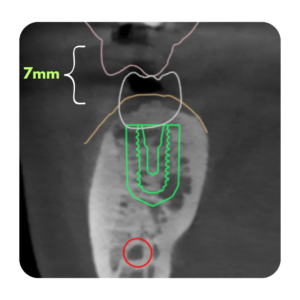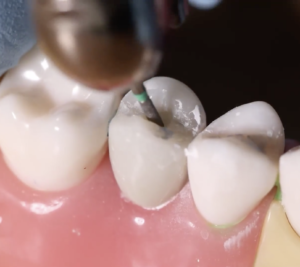Understanding the Effects of Different Implant Drilling Protocols on Bone Integration
The success of dental implants is influenced by various factors, including the method used to prepare the bone site for implant insertion. A recent study published in the IJOMI sought to determine the biological and biomechanical effects of two implant drilling protocols on the cortical bone around implants subjected to immediate loading:
Basically: How does drilling affect stability and early integration?
Study Design
The research involved a total of 48 implants inserted into the mandibles of six sheep, following either undersized preparation (US; n = 24) or nonundersized preparation (NUS; n = 24) drilling protocols. Some were undersized, and some were not.
Immediately after insertion, an abutment was placed on each implant, and 36 implants were subjected to 10 sessions of dynamic vertical loads of 25 N or 50 N.
Various parameters, such as Insertion Torque Value (ITV), Resonance Frequency Analysis (RFA), Removal Torque Values (RTVs), and bone volume density (BV/TV), were measured and analyzed.
Results and Findings
Insertion Torque Value (ITV): The torque value was higher for the US group (no big surprise there)
The mean ITV for the US group was 80.5 (± 14) Ncm, which is significantly higher than the NUS group’s 45.9 (± 25) Ncm (P < .001). Five implants from the NUS group failed, all having a mean ITV of 8.8 Ncm and an RFA value of 57.
Bone Parameters: No significant differences were observed in RTV, BV/TV, Bone Area Fraction Occupancy (BAFO), or fluorochrome stained bone surface (MS) between the two groups.
Bone Formation: Significant new bone formation was observed in the NUS group implants that were subjected to load. They did fluorochrome staining, the histomorphometric analysis, and microCT to evaluate bonne formation around the implants. There was an increase in BIC in the undersized group–however this does not necessarily link to new bone formation.
Stability: No differences were noted in the RFA values from the time of implant insertion until the end of the study.
Conclusions
The study concluded that undersized preparation ensured a greater bone-to-implant contact (BIC) compared to nonundersized preparation. Immediate loading did not interfere with the osseointegration process, and in fact, loading induced intense new bone formation in the NUS group. However, the study recommends against immediately loading the implants when the clinically perceived primary stability is lower than an ITV of 10 Ncm and an RFA value of 60.
Reference: Int J Oral Maxillofac Implants 2023;38:607–618. doi: 10.11607/jomi.9949















Responses